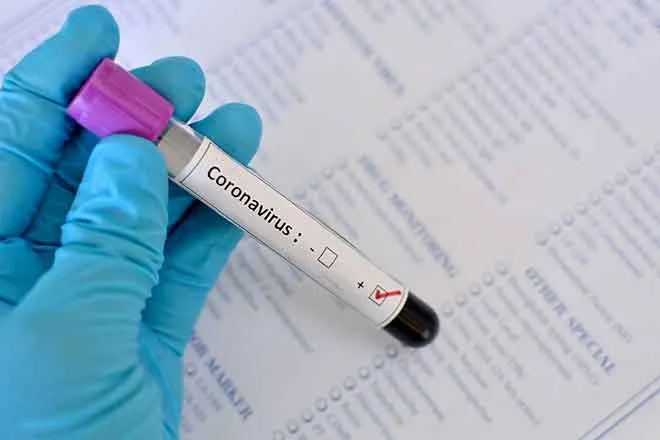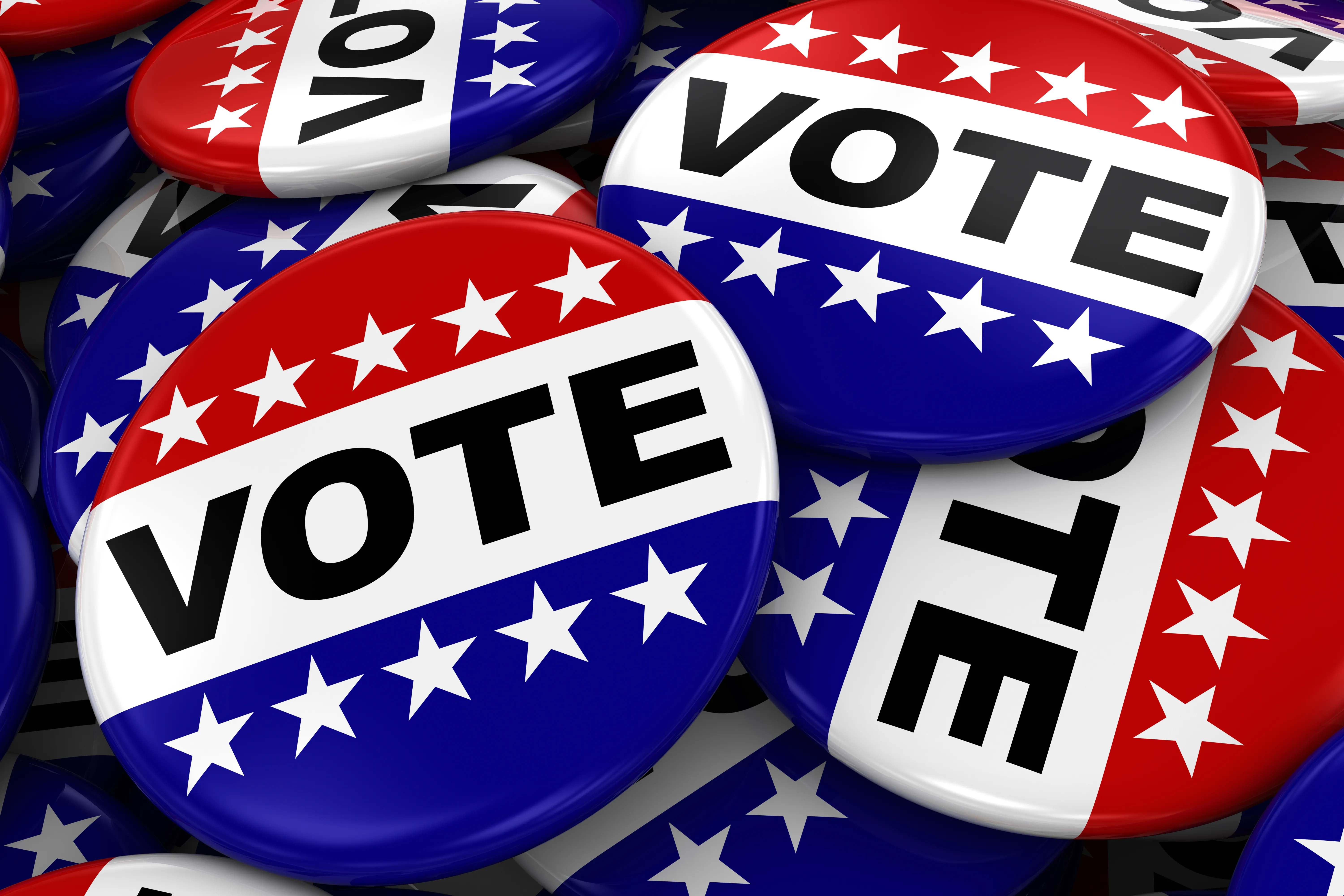
Why letting Medicare negotiate drug prices won’t be the game-changer for health care Democrats hope it will be

Simon F. Haeder, Texas A&M University
Democrats hope their new health care, tax and climate law begins to rein in soaring prescription drug prices.
One of its most touted provisions allows Medicare, America’s health insurance program for seniors, to negotiate some prescription drug prices for the first time, with some calling it “game-changing” and a significant victory over the pharmaceutical industry. Drug manufacturers had stubbornly opposed any governmental regulation of drug prices for decades and are likely to challenge the measure in court.
As a scholar who has published extensively on the politics of health policy, I’m skeptical that giving Medicare the ability to negotiate prices on a handful of drugs will be as transformative as the law’s backers hope. While a good step, it is unlikely to make a significant difference in how much seniors pay overall for medicine.
Fortunately, there are several other provisions in the law that will do much more to meaningfully help seniors struggling with the high cost of prescription drugs.
Why US drug prices are so high
Pharmaceutical innovation over the past few decades has been tremendous. The quick response to the COVID-19 pandemic in terms of vaccine development and treatments perfectly exemplifies the incredible benefits that drug developers have brought to the world.
Yet these developments have come at a high price, particularly in the United States, where each person spends more than US$1,100 a year on drugs – up from $831 in 2013. Indeed, Americans are paying substantially more than residents of similar countries like Germany, the U.K. and Australia – who pay $825, $285 and $434 per person each year, respectively.
People who need specific high-priced drugs are even more adversely affected.
Dulera, an asthma drug, costs 50 times more in the U.S. than the international average. Januvia, for diabetes, and Combigan, a glaucoma drug, cost about 10 times more. Americans shell out, on average, $98.70 for a vial of insulin, compared with the $6.94 Australians pay.
These costs impose a big burden on Americans – 1 in 5 of whom skip medications because of the cost. Seniors are particularly affected by these problems.
The reasons for high prices are varied, including the overall complexity of the U.S. health care system and the lack of transparency in the drug supply chain. But as I noted in a 2019 article in The Conversation, the biggest reason Americans pay so much more than people do elsewhere is simple: Pharmaceutical companies face no limits setting prices.
Changing the game – a little
The new law, known as the Inflation Reduction Act and signed into law on Aug. 16, 2022, seeks to change that.
The main mechanism to do it is by allowing Medicare to negotiate prices for some of the most expensive drugs. The act gives Medicare the ability to negotiate with drugmakers for 10 drugs starting in 2026 and 20 by 2029.
The law specifies that the medications Medicare is supposed to select must account for most of its spending on drugs and be name brands with no generic equivalents. Research has found that a relatively small number of drugs are responsible for most spending.
Importantly, pharmaceutical companies may face civil penalties and additional taxes on drug sales if they do not comply with the requirements to establish a “maximum fair price” as laid out in the law.
The provision is expected to save the U.S. government about $102 billion by 2031 by allowing it to pay less on prescription drugs for Americans on Medicare – currently 63 million people. The annual savings amount to about 5% of what Medicare currently spends on drugs.
There’s also a separate provision that requires pharmaceutical companies, under certain conditions, to provide Medicare with rebates if drug prices outpace inflation. That measure takes effect this year and is expected to yield $71 billion in savings over a decade.
While the government savings are meaningful, I believe seniors themselves are likely to see only a minor drop in costs as a result of this provision, mainly through slightly reduced premiums and lower out-of-pocket costs.

Where the real savings are
The provisions that will make a much bigger difference for seniors lie elsewhere.
Importantly, the new law limits seniors’ out-of-pocket expenses for prescription drugs to no more than $2,000 annually. Previously, there were some restrictions but no limit. This will directly help 1.4 million seniors who exceeded the $2,000 threshold in 2020.
The law also limits how fast premiums for Medicare Part D, which provides premium-based prescription drug insurance, can rise over the next few years and implements a number of other adjustments.
It also extends the Medicare Part D low-income subsidy to 400,000 seniors who previously earned too much to qualify. This program helps people pay for premiums, deductible and copays and has been valued at $5,100 a year.
The legislation also limits the cost of insulin to no more than $35 per month for Medicare recipients only. This amounts to more than $1 billion in annual savings for seniors. Almost 16 million American seniors have diabetes and are likely to need insulin at some point in their lives.
Lastly, it also eliminates out-of-pocket costs for seniors for vaccines – a move that would have saved money for 4.1 million people in 2020.
Broader impact
There are real benefits in the bill President Biden signed into law. The government will save by negotiating prices. Seniors will save through the insulin cap and other provisions.
But I don’t believe Medicare’s ability to negotiate prices will be a game-changing reform.
Besides affecting prices paid by only a slice of Americans, we do not know how aggressively the federal government will seek savings. This particularly applies to any future administration headed up by a Republican president.
The pharmaceutical industry may still manage to limit the impact of price negotiations, since it will be four years before the changes take effect. The industry has a history of skillfully exploiting loopholes and a vast lobbying apparatus to put into that effort.
As for Americans who aren’t covered under Medicare, drug prices may actually go up. That’s because, if pharmaceutical companies do end up reducing drug prices for seniors, they may shift those costs to everyone else to make up for those lost profits.![]()
Simon F. Haeder, Associate Professor of Public Health, Texas A&M University
This article is republished from The Conversation under a Creative Commons license. Read the original article.

















